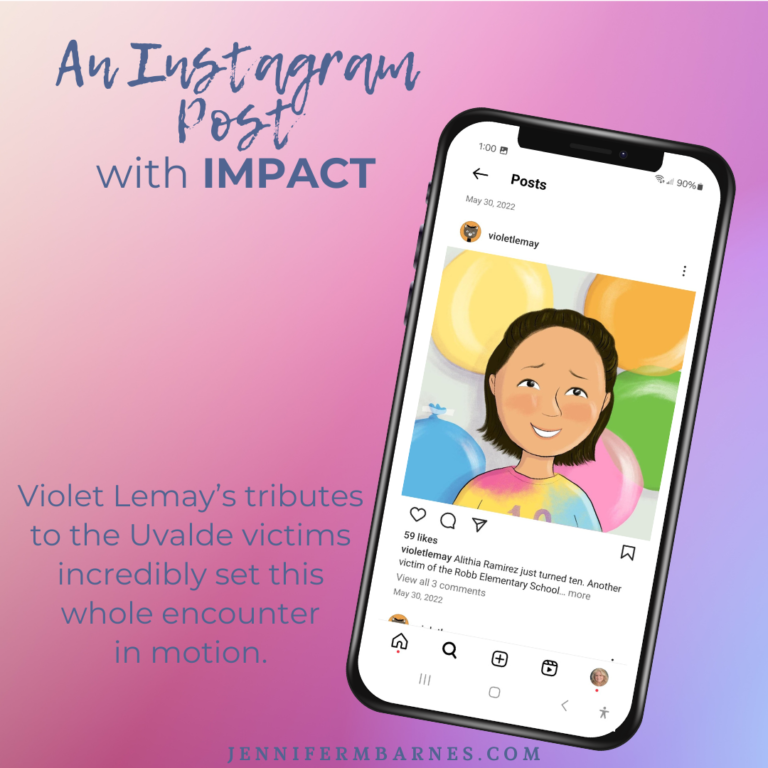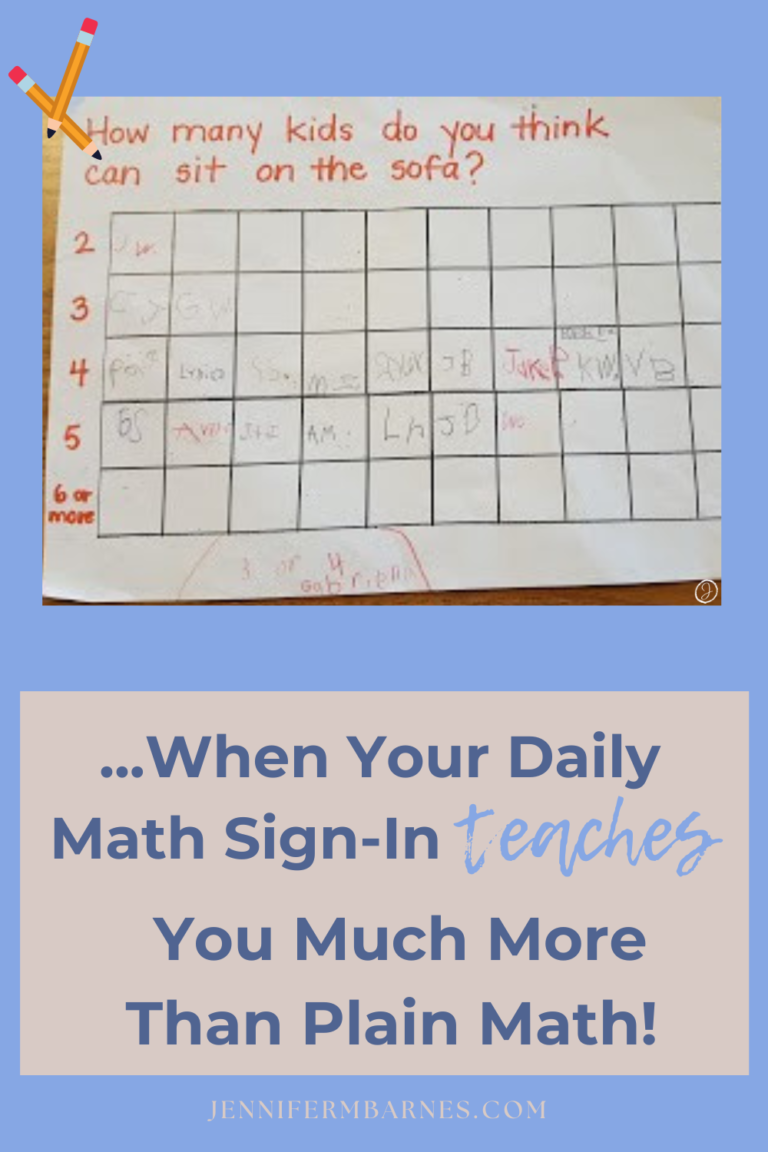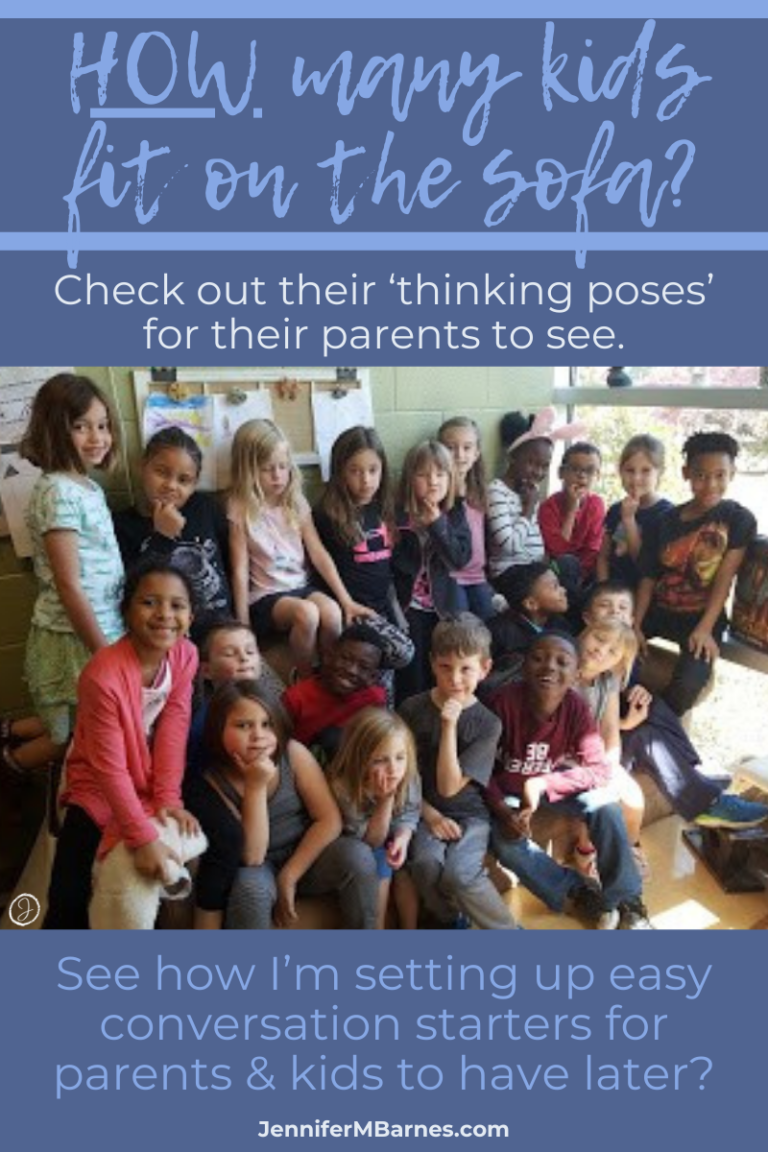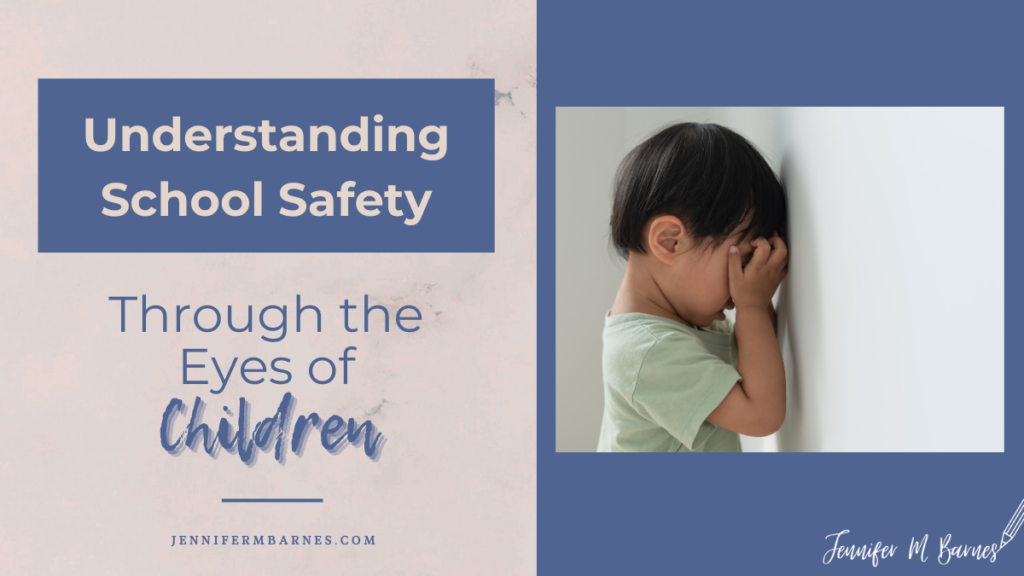What a Discovery I Made!
Illustrator Violet Lemay simply had to do something after the Uvalde school shooting. So, she began drawing pictures of the victims and sharing them through Instagram. (Image is from Violet LeMay’s Instagram account.)

There, Alithia Ramirez’s father discovered her tribute and reached out. He felt connected to this artist named Violet through his daughter’s extravagant love of art.
Ten-year-old Alithia always had a sketchbook in her hands and a pile of art supplies. She dreamed of going to art school in Paris.
… Until that tragic school shooting at Robb Elementary in Uvalde, Texas on May 24, 2022.
Origins of The Book
Alithia’s dad asked Violet if she would write their daughter’s story. And he wanted her to include some of Alithia’s original art pieces in the book.

Because she trained as a graphic artist, Violet had ideas immediately about the way she envisioned the book. She agreed, with the understanding that all the proceeds from the book would be given to the family’s new nonprofit, the Alithia Haven Ramirez Memorial Summer Seminar Scholarship fund.
An inspirational story, Alithia Ramirez Was an Artist serves as a touching tribute in the midst of a horrific tragedy. Published in October of 2023, the book has garnered a slew of awards. Just this week, it swept the children’s, teacher, and librarian categories in the Children’s Book Council Favorite winners.
The Book Itself
The book features a lighthearted text, building up young artists and showcasing sweet Alithia’s life. It charmingly highlights about a dozen selected pieces of her artwork.
Through a newspaper article by Sofi Zeman, Lemay shared that the school shooting was not mentioned in the text. It was referenced in an end note for adults, “allowing adults to decide how much about the shooting, if anything, they want to share.”
After a wordless, two-page spread of a tunnel of colors and strewn art supplies, the story text ends simply. “When an artist dies, her art lives on. Alithia’s art lives in all of us… and Alithia lives in our hearts.”
How I Read Similar Books to My Students
In sharing a book of this nature, the topic of death sometimes arises naturally—as it did when studying Dr. Martin Luther King, Jr., Abraham Lincoln, and Madame Curie. I always moved quickly from the death announcement to the beauty of the person’s life. I acknowledged that yes, death occurred. Sadly. Tragically. But then, I focused on the impact of that person in our world.
The Unthinkable
How in the world does a teacher talk with little kids about other tough topics when they arise—strangers, emergency plans, and intruder drills? What do we do if the unthinkable happens?
Little Children Facing BIG Issues
Since 1985, I’ve spent hour after hour with a bunch of little kids.
- I know their favorite authors and the books they’ll want more copies of.
- I can predict their actions and responses to things that come up (most of the time!)
- I imagine the things that run through their heads.
Just because I’ve taught so many of them.
Hundreds of little people have come through my door, read my books, and hugged my neck. I’ve grown to figure out their handwriting, interpret their drawings, sort of think like them.
Parents often stress when crises come and wonder how in the world they’ll face the situation themselves—much less, tackling such tough topics with their children. Over the years, many of them have asked, “What am I supposed to say to them? How do YOU handle it? What do we do when the unthinkable happens?”
How I Connected with Parents on Children's Safety
In that light, I’d like to share portions of a blog entry on such tough topics, originally entitled “Thinking About School Safety.” It was created one spring with my first graders’ parents in mind, right on the heels of a school shooting with significant press coverage. Interestingly enough, this was the blog post that generated the most interest and engagement from the parents over our two-year loop together.
From Our Classroom Blog:

Hmmm… how many kids do you think we can fit on our sofa?
Check out the graph that greeted the children one morning in April. We typically use graphs like this (Venn diagrams and T-charts, too) to introduce a concept around which our math workshop revolves later in the day. Unbeknownst to the children though, I had more in mind than a math standard.
With the continuing emphasis on safety and making sure that little kids had plans for themselves in emergency situations, my real goal was to see how many kids I could fit in little places, tucked in, hidden away… just in case. (And I actually was wondering if we could all fit into the bathroom. Yep. How do you test that?)
The Experiment Began
Well, after the graph question and the children’s predictions, we just had to check it out. So, a few children at the time, we began: “Do you think two kids can fit there?” Laughter. Of course! And the first two had plenty of space…
“How about four? Six?” Once the children realized that I r-e-a-l-l-y wanted to see how many kids we could cram on there, more excitement ensued. Lots of giggles and pleading to try another and another until all 21 squeezed onto the sofa somewhere!

Searching for Other Places We Could Fit, Squeeze, or Even Hide
After the fun challenge of squeezing everybody onto the sofa, we started guessing other places where all 21 of us could fit, squeeze, or even hide. Under cubbies? In the artists’ atelier? Behind the science museum? Beneath the computers? How about… the bathroom?!?

We ended our conversation with “You might want to talk to your parents about other places we could hide in our classroom and at school—just in case we ever had to.”
The Ending of the Parent Blog That Day
Thanks for thinking deeply with your child, too—and lightly chatting every now and then about little things they can do that could keep them safe wherever they go. (We might have even had secret hiding places at our home with my own children.😉) I think sometimes with the gravity of these days, there might be a tendency to warn, caution, lecture, inadvertently scare children. But in working with kindergartners and first graders, sometimes saying less—in a light tone—may achieve more. (It’s been such a gentle topic that one little guy keeps wanting to play ‘Hide from the Principal’ again!)
Looking Back On That Blog Post...
I think we all slept better that night.
Just knowing there’s a plan.
Just knowing we’ve thought through the unthinkable.
So... how exactly did I handle this hard talk?!?
(With as much wisdom and insight as I could muster! Certainly it helps to have lived a while, taught a long time, and reflected on other hard experiences my colleagues and I have faced.)
Anytime something horrific happens, I know parents shudder and wonder how we at school might approach such tough topics with little kids. This is how I approach it…
- With an out-of-the-box, simple, seemingly-unrelated question. (Remember the math workshop chart?)
- Brainstorming (Taking lots of ideas from kids and adults!)
- Creative, but thoughtful engagements (Where kids actually DO things!)
- And just a few words of reflection from anyone who wishes to share.
A few things to note:
- I actually never used the words “school shooting.” Ever. Honestly, little ones have so many things to worry about these days. I wasn’t going to add one more thing to their list! I likened it to a game of Hide-and-Seek with the principal.
- We always had a plan—several scenarios, in fact, that I reviewed with my assistant, parent volunteers, and substitutes. Thankfully, I’m married to a man who happens to be a former Secret Service agent, a retired sergeant detective, and a brilliant strategist. Numerous times, he stood in different corners of my classroom and advised me of possibilities for squirreling one more kid safely away. I shook my head sometimes, just considering why we had to have such scenarios. But, I was determined that those precious children would be safe with me. No. Matter. What.
- Besides checking the bathroom that day to ensure we could all hunker down behind concrete walls and locked doors, we also had individual hiding places throughout the room. Because I taught kindergarten and first grade, we had oodles of centers, manipulatives, and furniture. We also had a plan outside if we needed to leave our classroom.
- Alithia Ramirez Was An Artist is a beautiful book. I definitely would use it when inspiring children to sketch or draw, perhaps as a mini-lesson in Writing Workshop. But I would not pair the reading with an Intruder drill (or “hiding game,” as we called them!) I would keep the two separate, especially in an early-childhood classroom. At this moment, I believe I would introduce the book, the author, and a brief dedication about Alithia’s love of art.
My Disclaimer
Believe me, this is not the only way of dealing with such hard topics. It’s simply the way I chose to deal with it—in my setting, with these children, and in light of my Christian faith. I knew that parents would have preferences in how they chose to deal with such heavy topics as well.
Think Things Through
Whatever your preferences, I suggest that you think through how you might handle such scenarios. Identify trusted colleagues you can speak with and plan together. Thank God my students were never put in situations where we had to do anything other than “play hide-and-seek with the principal.” But, knowing we had a plan was worth much to me and to the parents who entrusted their most precious possessions to me.
Want to know more about Alithia Ramirez and her legacy?
- Here’s the beautifully-written newspaper article by Sofi Zeman with more information.
- Check out this newscast sharing Violet’s book-reading last fall in the presence of Alithia’s family as well as a closer look of her family at home.
- The website, Alithia’s Art Angels (begun by Alithia’s mother) shares children’s artwork, hosts contests, and gives scholarships. (AlithiasArtAngels.com)
Are you looking for more answers to hard questions?
I believe one reason this blogpost resonated so much with families was that it was hard. It hurt. And adults hardly knew what to do.
If you’ve got struggles or questions and you’d love some feedback or ideas (about any topics), feel free to drop them here in a comment – or send me an email at jennifermillsbarnes@gmail.com. (Thanks so much to those of you who left comments the last couple of posts… I am doing my best to figure out all the bits and pieces of this website!)

